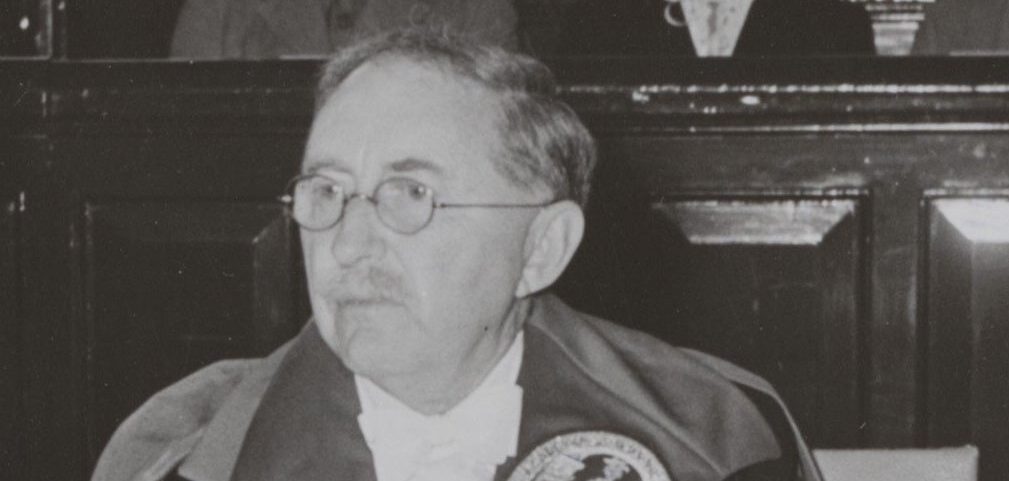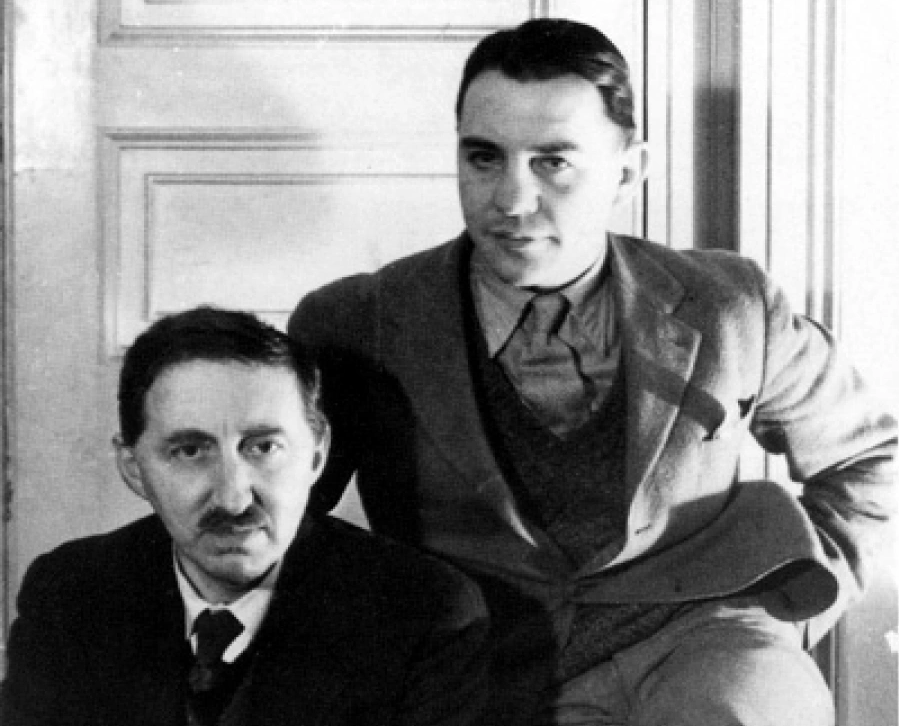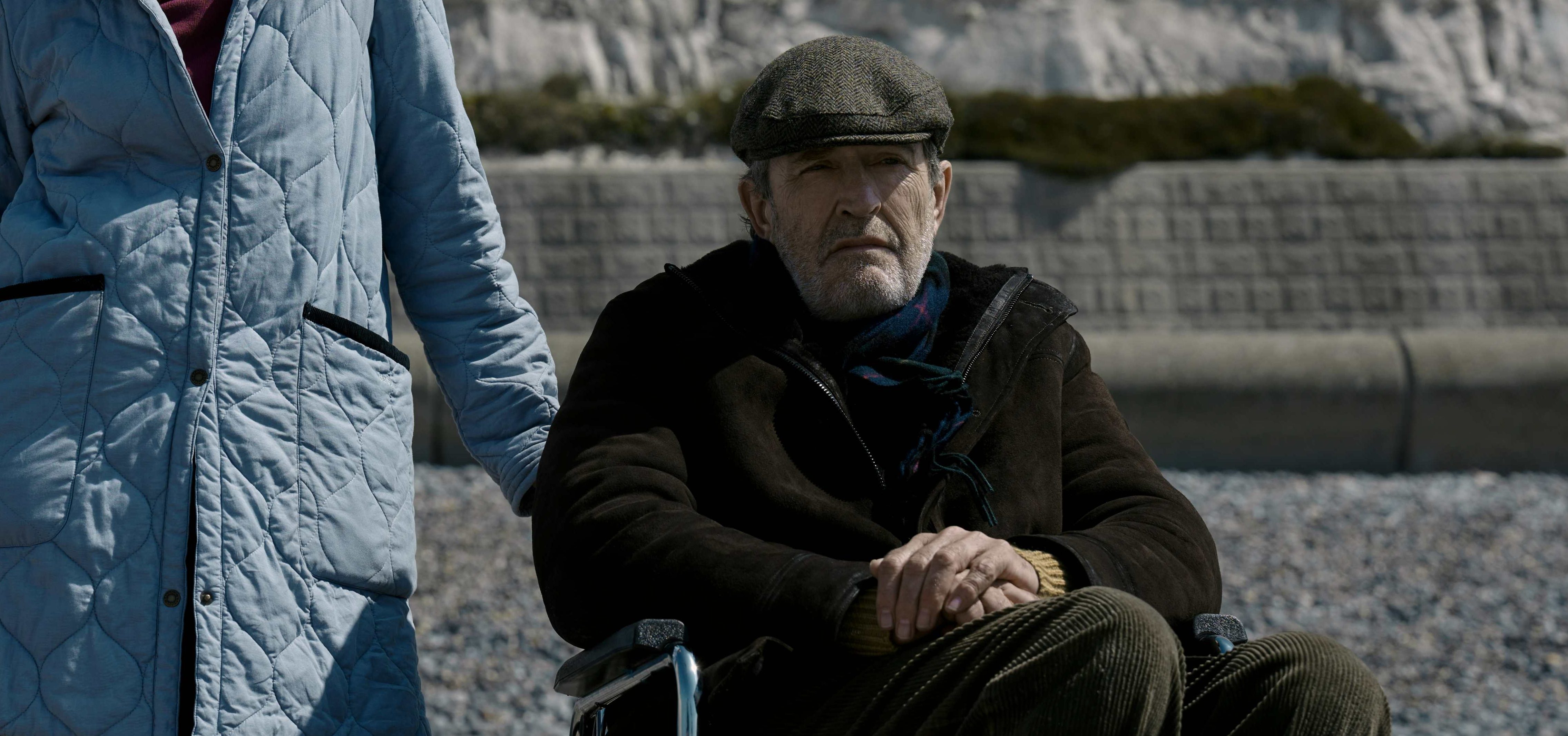Amazon Prime Video’s romantic film ‘My Policeman’ revolves around Patrick Hazlewood, a museum curator who fell in love with a policeman named Tom Burgess. In his old age, after surviving a stroke, Patrick is aided by Tom’s wife Marion. The period film progresses through Marion’s recollection of Patrick and Tom’s intense-but-secretive relationship, opening a window to the hardships Patrick had to endure as a queer person living in England in the 1950s, during a time when queer individuals were persecuted. Intrigued by the captivating character, we have traced the origin of the museum curator. If you are interested in the same, you are at the right place!
E. M. Forster: The Inspiration Behind Patrick Hazlewood
Patrick Hazlewood is partially based on a real person. ‘My Policeman’ is an adaptation of Bethan Roberts’ eponymous novel, which is loosely based on the reported relationship of English novelist E. M. Forster and Robert “Bob” Buckingham. The character Patrick is partially based on Forster, who met Bob, a policeman, in 1932 while attending a friend’s party. Soon, they grew closer like Patrick and Tom in the film as they “shared holidays, friends, interests, and – on many weekends – a domestic and sexual life in Forster’s Brunswick Square flat,” according to Roberts’ article “EM Forster and his ‘wondrous muddle,’” published in The Guardian.

A couple of years after Forster and Bob’s meeting, the latter married May Hockey, the inspiration behind the character Marion. Still, the two men continued to see each other. Like Patrick attended Tom and Marion’s wedding, Forster attended Bob and May’s wedding as a witness. When the couple welcomed a son named Robin Morgan, Forster even became his godfather. In 1935, May suffered from tuberculosis, which paved the way for Forster and Bob’s Amsterdam trip, which seemingly inspired Patrick and Tom’s Venice journey. However, there are also several differences between Patrick and Forster.
In the film, Patrick and Tom cherished a relationship while they were stepping into the exuberance of youth. In reality, Forster first met Bob at the age of 51, while the latter was 28. In addition, May didn’t report Forster to the authorities for being a queer individual as Marion did in the film. May admired Forster and his presence in her life with Bob. “To him [Forster] l owe a great debt of gratitude. For his widening of horizons, by meeting his friends, by travel, but mostly by his talk,” May wrote about him in a personal article, titled “Some Reminiscences.”
A Series of Strokes: The Physical Challenges of Forster’s Later Years
Forster died on June 7, 1970, at the age of 91, in his sleep. During his final years, the novelist’s health severely deteriorated. In the 1960s, Forster even had a series of strokes. May, like Marion in the film, took care of him as his nursemaid. In May 1970, Forster had his final stroke while he was staying at King’s College. When his health became worse, the novelist longed to be with Bob. “To be with Bob was all his [Forster’s] desire. […] Bob did take him up to Coventry; ensconced in his special bedroom at the Buckinghams, Morgan rallied and grew cheerful,” Wendy Moffat wrote in her biography of Forster, titled ‘A Great Unrecorded History: A New Life of E. M. Forster.’

A few weeks later, Forster died at the house of Bob and May. “In his [Forster’s] final days, he lay still and silent while May continuously held his hand. If she tried to withdraw it, he half opened an eye in remonstration. On Sunday, June 7, he died in his sleep, surrounded by his beloved family,” Moffat added in her book about the novelist’s final days. He was then cremated. Forster’s ashes were eventually mixed with Bob’s after the latter’s death and the same was scattered in the rose garden of Coventry’s crematorium, near Warwick University.
Read More: My Policeman Ending, Explained


You must be logged in to post a comment.